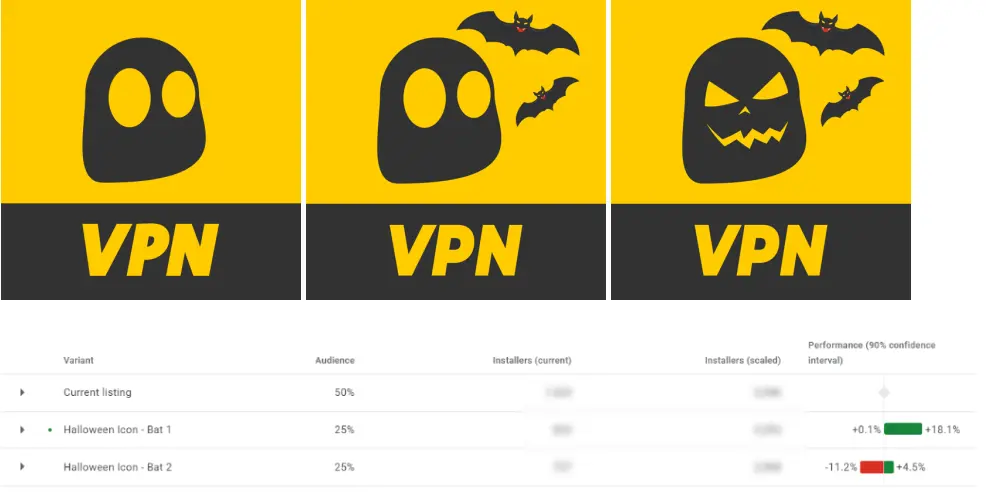Learn the key differences and roles of Angel Investors, Venture Capital (VC), and Private Equity (PE). Explore funding stages from Seed and Angel Rounds to Series A, B, C, and beyond. Discover how startups secure financing and scale sustainably in a competitive market.
As the entrepreneurial environment becomes increasingly robust, capital support for startups has also grown significantly.
You might often hear people say, "This company just raised a certain round of funding."
In countries like the U.S., capital backing startups is a critical driver of economic innovation, giving rise to numerous household-name companies. In today's entrepreneurial era, lacking venture capital support could mean falling behind from the start line.
Even in China, our new economic powerhouses like Tencent, Alibaba, JD.com, and Didi were all fueled by venture capital.
For entrepreneurs worrying about funding, do you know what Series A, B, C, and D funding rounds are? What’s the difference between Angel Investors, Venture Capital (VC), and Private Equity (PE)?

Let’s break down their relationship and roles:
🌟 Angel Investment (AI)
Definition:
Angel investors, often referred to as "business angels" in Europe, are wealthy individuals who provide early-stage funding to startups in exchange for convertible debt or equity. These investors often form angel groups or networks to pool resources and focus their investments more effectively.
Origins:
The term “angel” originated in England to describe financiers of theatrical productions. In 1978, William Wetzel, a professor at the University of New Hampshire, used it to describe early investors who support entrepreneurial ventures.
Characteristics:
Targets extremely early-stage projects—sometimes just a concept without a fully developed product or business plan.
Investments are typically small and high-risk.
Angels often exit after Series A funding.
🚀 Venture Capital (VC)
Definition:
Venture capital, or VC, is a form of private equity financing provided to startups and small businesses with high growth potential. Unlike traditional loans, VCs invest in exchange for equity in the company.
Focus:
VCs usually invest in early to mid-stage startups with a proven user base, market validation, and strong growth potential.
Support Beyond Money:
Market insights.
Industry connections.
Operational strategies to help startups scale effectively.
Investment Stages:
VCs typically invest during the "valley of death" stage—a challenging phase when startups have high burn rates and insufficient revenue. They aim to enhance the startup’s value, preparing it for subsequent funding rounds or a successful exit through an IPO or acquisition.
💼 Private Equity (PE)
Definition:
Private equity involves investments in companies that are not publicly traded on stock exchanges. These investments often occur in later stages, such as pre-IPO.
Types of Investments:
Leveraged buyouts.
Growth capital.
Late-stage venture capital.
Characteristics:
PE firms often take a hands-on role in improving a company’s governance, operational efficiency, and financial structure, aiming to maximize value before an IPO or acquisition.
🌱 Seed Round
This is the earliest stage of funding. It typically involves modest investments from founders, family, friends, or angel investors—commonly referred to as the "3Fs" (Family, Friends, and Fools).
Purpose:
To turn a concept into reality, covering basic expenses like product development or initial market research.
🔔 Angel Round
When your startup has a prototype, some initial user traction, and a preliminary business model, it’s time for the Angel Round.
Investors:
Angel investors.
Incubators and accelerators.
Characteristics:
High risk due to the startup’s unproven model.
Investment amounts are typically below $1 million USD.
🅰️ Series A
Definition:
The first significant round of venture capital funding. Startups at this stage usually have a complete business model and growing market presence, though they might still be unprofitable.
Investors:
Venture capital firms replace angel investors as the primary source of funding.
Key Focus:
Scaling the product or service.
Establishing market leadership.
🅱️ Series B
When a startup’s business model is proven, and it’s ready to expand into new markets or product lines, it moves to Series B funding.
Investors:
Primarily VCs, with some participation from early-stage PE funds.
Purpose:
Accelerate market expansion.
Drive large-scale growth.
🅲 Series C
Definition:
By this stage, startups are industry leaders with significant revenue and profitability. Series C funding often prepares them for IPOs or major acquisitions.
Investors:
Primarily PE firms, with some follow-on investments from earlier VCs.
Purpose:
Launching new business verticals.
Closing gaps in the business model ahead of IPO.
🔄 Other Rounds: Pre-A, B+, D, E, etc.
Pre-A: Raised when Angel Round funding runs out, but the company isn’t mature enough for Series A.
B+/D/E: Indicates a company needs additional funds but hasn’t reached the next major milestone.
🤔 Why Multiple Rounds of Funding?
Scaling Gradually: Each round reflects the company’s progress and scaling needs.
Risk Management: Investors assess milestones before committing more capital.
Dilution Control: Founders avoid giving up too much equity early on when valuations are lower.
By understanding these funding stages, entrepreneurs can better align their strategies with investor expectations, paving the way for sustainable growth and eventual success. 🚀







![15 Effective Ways to Increase App Downloads for Overseas Markets [With Case Studies]](/static/upload/image/20241230/1735570252211470.jpg)